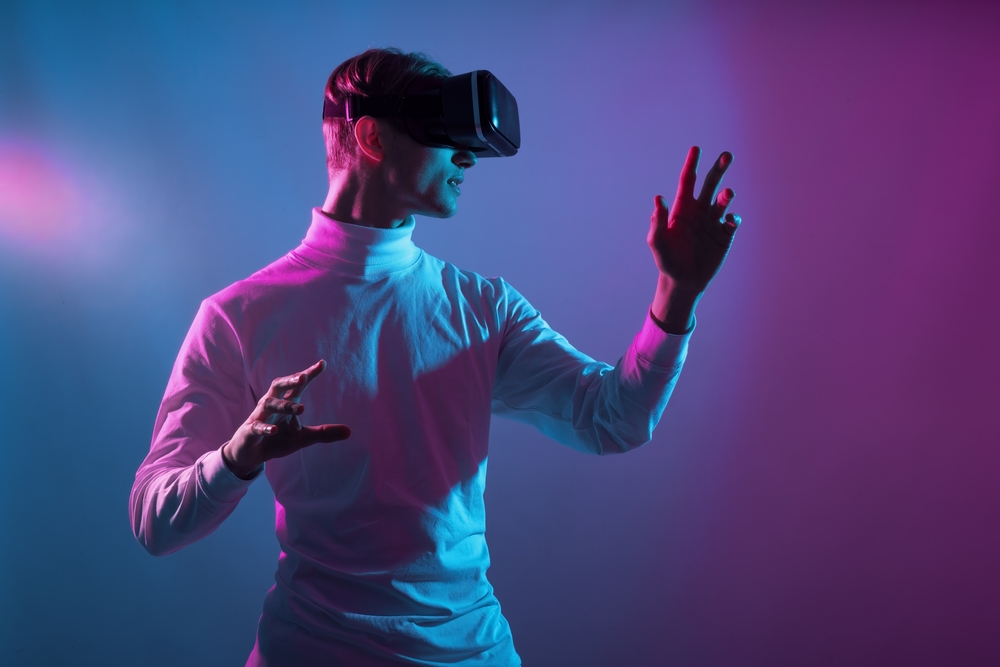In a previous post, we set out to explain the role that interactive kiosks could play in revamping bricks-and-mortar retail. With falling footfall and customer expectations increasingly conditioned by the digital experiences they get online, retailers are under pressure to find new ways to engage the people who step through their doors.
Kiosks, we argued, are an ideal solution for bridging the physical-digital divide with interactive customer experiences. They offer a means of delivering new digital service options in person, improving the convenience and efficiency of experiences, and to top it all off, they can save retailers money, too.
But when we talk about ‘interactive’ in the context of customer experiences, what do we mean? And how do you do it? Here’s what you need to know.
What are interactive customer experiences?
Interactive customer experience is a term that comes from the world of digital marketing. It refers to the theory that ‘active’ consumers, i.e. those who interact in some way with a business (rather than just browse content online passively), are more engaged and therefore more likely to buy.
So creating interactive customer experiences is all about creating opportunities for digital browsers to be, well, more ‘interactive’. Examples include offering polls and surveys for web visitors to fill in, embedding social feeds so people follow and post comments, creating games and encouraging user-generated content like reviews.
There’s an important point to be made here. In many ways, the in-store shopping experience is all about customers being interactive – picking up and handling items they like the look of, trying on clothes, taking advantage of free samples. In this respect, it’s the digital world that has had to catch up with its levels of interactivity.
But as is so often the case with these things, it’s all come back full circle. And now store owners are having to think about how to embed interactive options into their digital offer.
Four examples of interactive digital experiences for in store
Self-service kiosks
If you use kiosks for any purpose – self-checkout, information points – you already have an interactive experience right there. Kiosks flip the dynamic of taking service to the customer on its head. Self-service puts customers in charge, they are the active agents, they go looking for what they need, when they need it. And feedback suggests consumers rate the experience they get from kiosks very highly.
Feedback and information capture
Just using a kiosk is an example of an interactive customer experience. But retailers can take this a step further by making sure every kiosk experience includes an opportunity for customers to leave feedback, or to sign up for loyalty schemes, newsletters, promotions etc. Asking for feedback tells customers their views are valued. Sign-ups are an invaluable way of gathering data you can use to personalize your experience, in return for something of value to the customer.
Create postable moments
One thing modern consumers love to ‘get active’ with when shopping is sharing finds and purchases on social media. Store owners can take this into account with their merchandising to create photo opportunities with ‘Insta-friendly’ displays and try-out areas.
You can encourage customers to post to social with QR codes displayed that link straight to whatever social channel you want to promote. The codes can also provide links to product pages for the items being shared, so it also becomes a word-of-mouth promotional opportunity. And it doesn’t just have to be about images. You can ask customers to leave feedback on your social channels about their visit that day, and display results on a screen so customers get to see their handle up there.
AR immersive experiences
How about this for the ultimate ‘Insta’ moment in a fashion boutique – customers don’t just get to look at outfits on a mannequin and decide if they like them. They can virtually try the outfit on using AR, with a camera projecting their image plus the outfit onto a screen. How’s that for a snap to share on your socials?
But AR doesn’t have to be linked to social to be effective. It offers an interactive experience in its own right. From car dealers using AR so customers can visualise vehicle customisations in the showroom to beauty brands offering virtual make-overs, AR is a key emerging technology in making the in-store retail experience more interactive.




